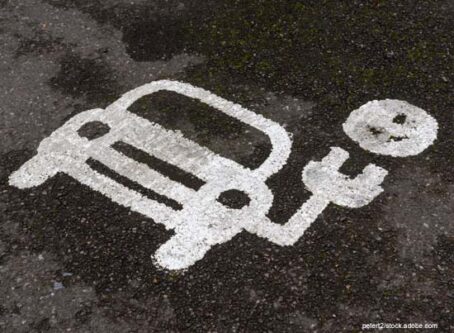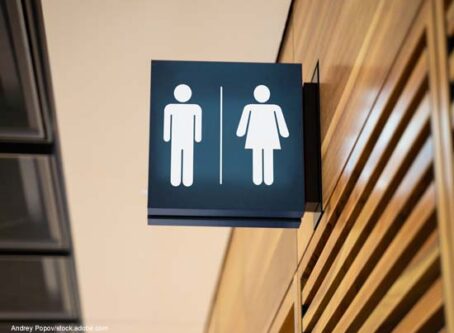More than 54,000 U.S. bridges deemed ‘structurally deficient’ in report
Of the more than 600,000 bridges across the nation, more than 54,000 are considered “structurally deficient,” according to American Road and Transportation Builders Association’s annual deficient bridge report. Approximately one-third of bridges need repairs.
ARTBA’s report calculated that motorists cross these structurally deficient bridges 174 million times each day. According to the report, there are approximately 1,800 structurally deficient bridges along the interstate highway system, which equals about one structurally deficient bridge every 27 miles on major highways.
According to the National Bridge Inspection Standards, a bridge is deemed “structurally deficient” if significant load-carrying elements are found to be in poor condition because of deterioration or the adequacy of the waterway opening provided by the bridge is determined to be extremely insufficient to the point of causing intolerable traffic interruptions. “Structurally deficient” does not imply that a bridge is unsafe. However, a structurally deficient bridge requires significant maintenance and repairs, which may require weight limits.
Iowa fared the worst. With 5,067 structurally deficient bridges, Iowa had nearly 1,000 more at-risk bridges than the state with second most, which was Pennsylvania (4,173). Meanwhile, the District of Columbia had the least (eight), followed by Nevada (31), Delaware (39), Hawaii (66) and Utah (87).
Anywhere from zero to 4.9 percent of bridges were structurally deficient in nine states and D.C. Twenty states rated from 5 percent to 8.9 percent, with the remaining 21 states accounting for a structurally deficient rate of 9 percent or higher.
An average of 51 percent of annual state department of transportation expenditure for highway and bridge projects comes from federal funds, according to ARTBA. Fourteen states receive 69 percent or more of funds from the feds, including Montana, which receives 91 percent of highway and bridge funding from federal funds. Ironically, nearly 10 percent of Montana bridges are structurally deficient. In fact, of the states that receive more than 69 percent of funding from the federal government, half have 9 percent or more of its bridges deemed structurally deficient. Only one of those states, Georgia, has a rate of 0 to 4.9 percent.
Seventeen states receive only 28 percent to 49 percent of highway and bridge funding from the feds and the remaining states and D.C. receive 50 percent to 69 percent. Of the 17 states receiving the least amount of federal funding, nearly a third fall into the zero-to-4.9 percent structurally deficient category, which also accounts for more than half of all the states in that category.
The report comes just before President Donald Trump is expected to address infrastructure during the State of the Union address on Tuesday night. ARTBA reports that number of structurally deficient bridges is down only two-tenths of a percent, suggesting a significant slow pace in repairing bridges.
ARTBA Chief Economist Alison Premo Black said in a news release that at this pace, it would take 37 years to repair all of the structurally deficient bridges.
Established in 1902, ARTBA is a federation of thousands of members of both the public and private sectors with the goal to “aggressively grow and protect transportation infrastructure investment to meet the public and business demand for safe and efficient travel.”









